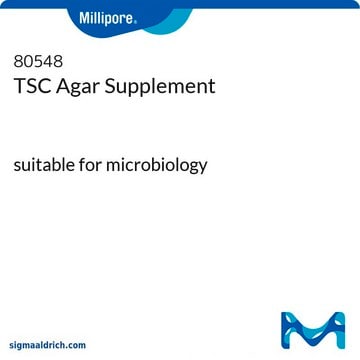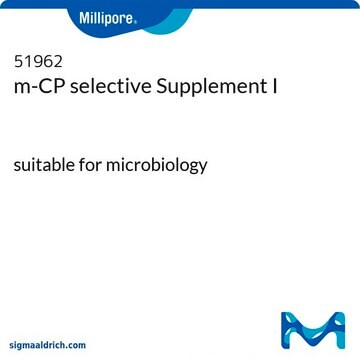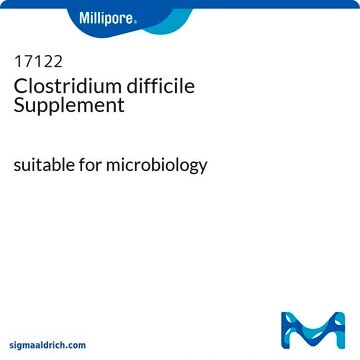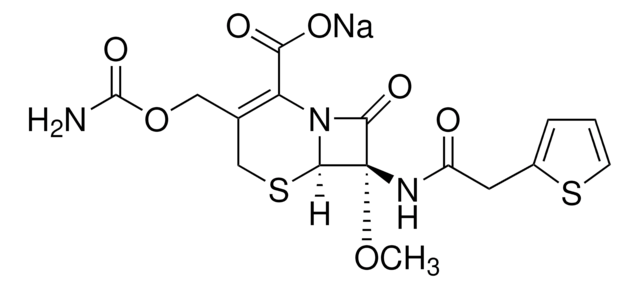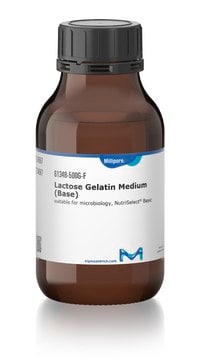Kluczowe dokumenty
30020
D-Cycloserine
Synonim(y):
R-4-amino-3-izoksazolidynon
Wybierz wielkość
329,00 zł
Wybierz wielkość
About This Item
329,00 zł
Polecane produkty
pochodzenie biologiczne
synthetic
Poziom jakości
Formularz
powder
siła działania
≥900 μg per mg
kolor
white to off-white
mp
147 °C (dec.) (lit.)
spektrum działania antybiotyku
Gram-negative bacteria
Gram-positive bacteria
mycobacteria
Tryb działania
cell wall synthesis | interferes
temp. przechowywania
−20°C
ciąg SMILES
N[C@@H]1CONC1=O
InChI
1S/C3H6N2O2/c4-2-1-7-5-3(2)6/h2H,1,4H2,(H,5,6)/t2-/m1/s1
Klucz InChI
DYDCUQKUCUHJBH-UWTATZPHSA-N
Szukasz podobnych produktów? Odwiedź Przewodnik dotyczący porównywania produktów
Powiązane kategorie
Opis ogólny
Zastosowanie
Działania biochem./fizjol.
Partial agonist at the glycine modulatory site of NMDA glutamatergic receptors; antibiotic against Gram-negative bacteria.
Mode of Resistance: D-Ala transport interference.
Opakowanie
Inne uwagi
Kod klasy składowania
11 - Combustible Solids
Klasa zagrożenia wodnego (WGK)
WGK 2
Temperatura zapłonu (°F)
Not applicable
Temperatura zapłonu (°C)
Not applicable
Środki ochrony indywidualnej
Eyeshields, Gloves, type N95 (US)
Wybierz jedną z najnowszych wersji:
Certyfikaty analizy (CoA)
Nie widzisz odpowiedniej wersji?
Jeśli potrzebujesz konkretnej wersji, możesz wyszukać konkretny certyfikat według numeru partii lub serii.
Masz już ten produkt?
Dokumenty związane z niedawno zakupionymi produktami zostały zamieszczone w Bibliotece dokumentów.
Klienci oglądali również te produkty
Active Filters
Nasz zespół naukowców ma doświadczenie we wszystkich obszarach badań, w tym w naukach przyrodniczych, materiałoznawstwie, syntezie chemicznej, chromatografii, analityce i wielu innych dziedzinach.
Skontaktuj się z zespołem ds. pomocy technicznej




